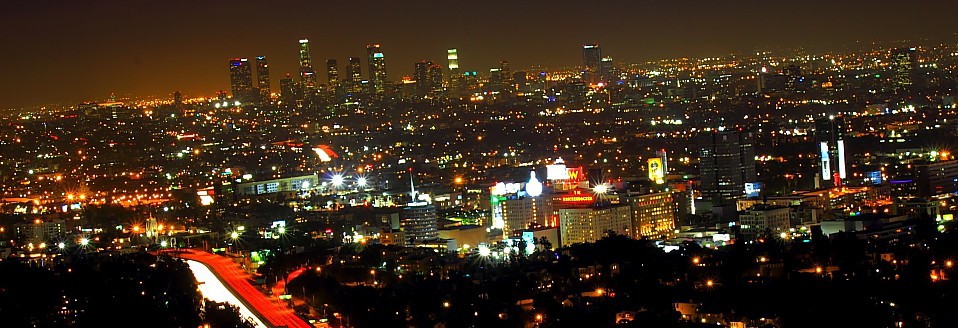Caron Rand is serving up some radiant – yet black as the night sky – images in Dark Energy, a powerful exhibition showing at Wonzimer Gallery February 22-26th.
She describes the show as related to her “obsession with brain functions, clouds, space, and the perception of black/dark as dark energy, [making up] 68% of the universes. 27% is dark matter, and only 5% is light that we myopically see here on earth. There is an aspect of brokenness, anxiety, fear, worry that are a part of my personal path, the concept of deity and mysterious forces of good vs. evil, the unseen vs. the seen that we don’t often ponder or explore the complexity of their energy.”
These works are intrinsically deep, delicate, and mysterious. Each fluctuates in the mind’s eye as they are observed, strange and illuminative, like stardust in space. Patterned and perfect, Rand’s work is also haunting, ephemeral – and immersive.
While many of the images may appear similar at first glance, dive deeper – they’re each unique. exhibition features 10 pieces of unbleached white acrylic on black 48”x36” canvas. Rand paints using water-based acrylic. She began creating the work by enlarging her own photographic images of dark clouds, using those images as a catalyst to create each individual piece. Currently, she’s working on a motorized rotation of two of the works, so that the viewer can see how her art changes with vertical rotation from top to bottom at five-minute intervals.
Rand relates that she was drawn to her subject for a variety of reasons, including the fact that religion, art, and literature often describe evil as dark or black. Conversely, she notes that “Nighttime is taken for granted as a time to reenergize, rejuvenate, and heal in a resting, sleeping state. So, darkness is a positive energy we don’t think much about.”
The artist’s fascination with darkness began as a child, when she says, “I often couldn’t sleep thinking about eternity, where darkness dwells, trying to wrap my mind around it.”
Along with the color of darkness itself, she views dark energy as a kind of magnet, a musical story, a portent of language and hidden visuals, she says. “There are references to language in the sense that some of the gestural strokes may look [like] Kanji, Herbrew or Arabic and the forces that they bring to the work that the dark energizes. There is a rhythm that I am tapping into for each piece as if a musical score.”
She creates her visuals suggestively, so that the mind can explore what it sees. Each numerically identified work features a dotted gold line running down the center, with images then painted in quarters left to right, before being flipped midsection, repeating. “They are not exactly the same on either side of the canvas, though they appear to be similar, and when flipped upside down new images appear. This also appeals to my humorous side, thinking about how modern art can be hung ‘wrong,’” she explains.
The gold lines she uses also refers to the Japanese art of Kintsugi, gold pigment and lacquer utilized to repair a broken pottery piece and make it even more beautiful and unique. This also reflects Rand’s idea of making “something beautiful out of betrayal, pain, illness, death, the unexpected crashing and splintering ourselves all over the floor to be picked up in some form and reconstructed by divine gold into something new… from powerless to powerful.”
Along with her interest in the concepts of reimagining, rebirth, and darkness as good vs. evil and the eternal, in creating these works Rand was also affected by her mother’s dementia and Alzheimer’s. Brain scans revealed dark areas infecting her mother’s brain from dementia, creating dark designs the artist viewed as “ornate in their purest form, also proving the complexity of the brain as it changes.” She describes her own brain as also having a few black areas, due to oxygen depletion following a recovery from carbon monoxide and gas poisoning.
Dark Energy marks a definite departure from Rand’s prior work, and has an intensely personal aspect, which she describes as “the absorbing of the presence of other human energy forces close to me and how they have impacted me. As artists we are sponges, and so our environment deeply affects us. I have done abstract works in the past, but these are a combination of abstraction alluding to the figurative, and eerie suggestions of horned, fanged, clawed elements as well as the ornamental.” Together these elements help Rand achieve what she terms “a lyrical balance,” that includes “the ‘evil eye’ that is also a source of protection, but here it is both protector and aggressor.”
She hopes viewers will become involved in the perception and observation of her work as a meditative experience. “There is a loss in how technology has taken us away from nature and made us so dependent on it with our time and concentration. With my art, I am bringing the viewer back into a contemplative state outside of technology…The beauty of monochrome is timeless.”
Along with her upcoming show at Wonzimer, she will have a solo exhibition in June, at the Tokyo Metropolitan Art Museum in Japan.
- Genie Davis; photos provided by the artist




































































